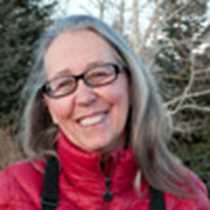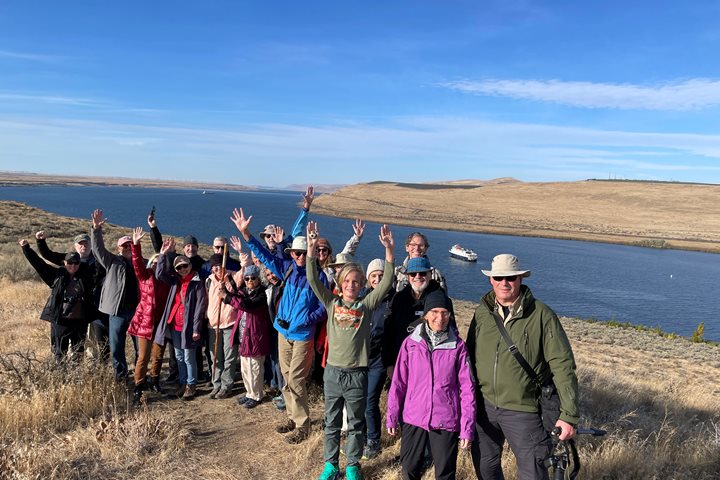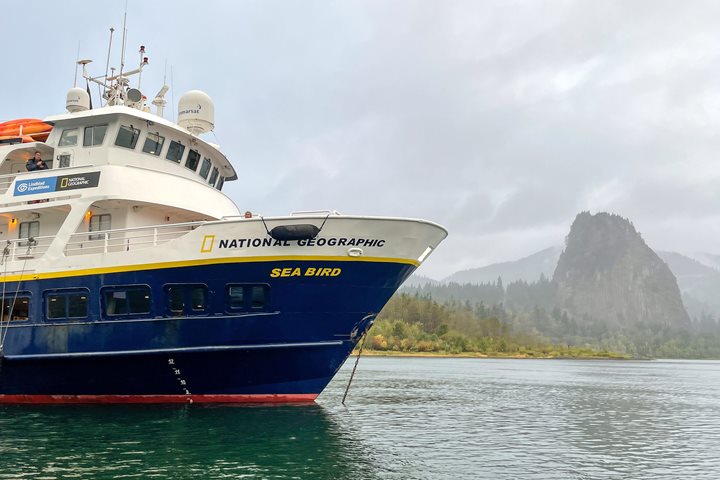We have left behind us the City of Portland and journeyed to the town of Astoria, Oregon. While tied to the dock we see the workings of the shipyard. Massive piles of scraped logs cover the cement surface of the pier. Giant claws of cranes grab the logs and place them on the waiting cargo ship. All day the cranes work. They have been loading logs onto this ship for three days and still, the ship is not full. Meanwhile, we see the bustling traffic crossing a huge bridge that soars in the air and then lowers down to sea level. The Astoria-Megler Bridge spans the Columbia River connecting the states of Washington and Oregon. We are at the place of realization for Lewis and Clark. We are at the place where mariners have been engulfed by the treacherous waters of the Columbia River Bar. We are at the beginning of our own voyage on the Columbia.
Our motor coaches carry us across the bridge to The Columbia River Discovery Center where we see the mighty Pacific Ocean. Lewis and Clark finally reached this destination amid storms rain and misery, but the site of the ocean gave joy to their hearts. We walk through the verdant rainforest. Conifers tower above us as we walk the trails. Occasionally something slimy catches our eye. Banana slugs and tree frogs look like leaves wet with the morning's dew. The Washington side of the river blew storms directly at the Corps of Discovery so a vote was taken. The decision to go to the other side of the river in search of elk and shelter from the storms became the action they took. We also went to the Oregon side of the river and saw the encampment where this famous group spent the winter. Now a National Park, Fort Clatsop gave us an up close and personal appreciation of the conditions endured by Lewis and Clark and their men and also by Sacajawea and her infant son during the winter of 1804 -1805.
The rainforest and the history of the Corps of Discovery are enough to digest about this local but there is more, much more. The Columbia River Bar has been named the graveyard of the Pacific. The number of ships that sank and the experienced mariners who lost their lives trying to cross the bar while entering the Columbia
All of this is interwoven with delicious meals and intriguing scholarly information given by our guest presenters and naturalist staff.
Tonight we sail. The soft movement of the ship reminds us that we floating on the waters of the mighty Columbia.







